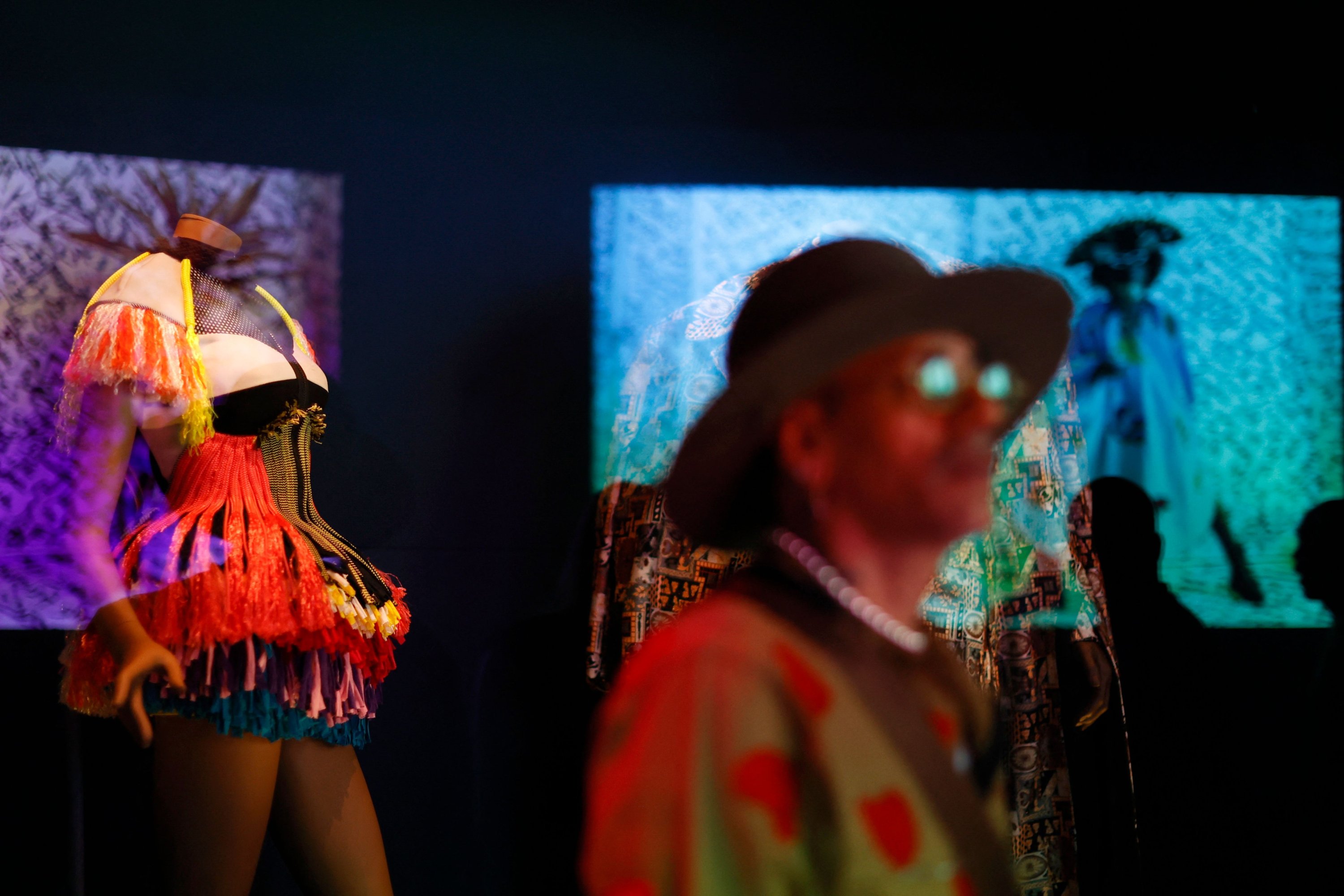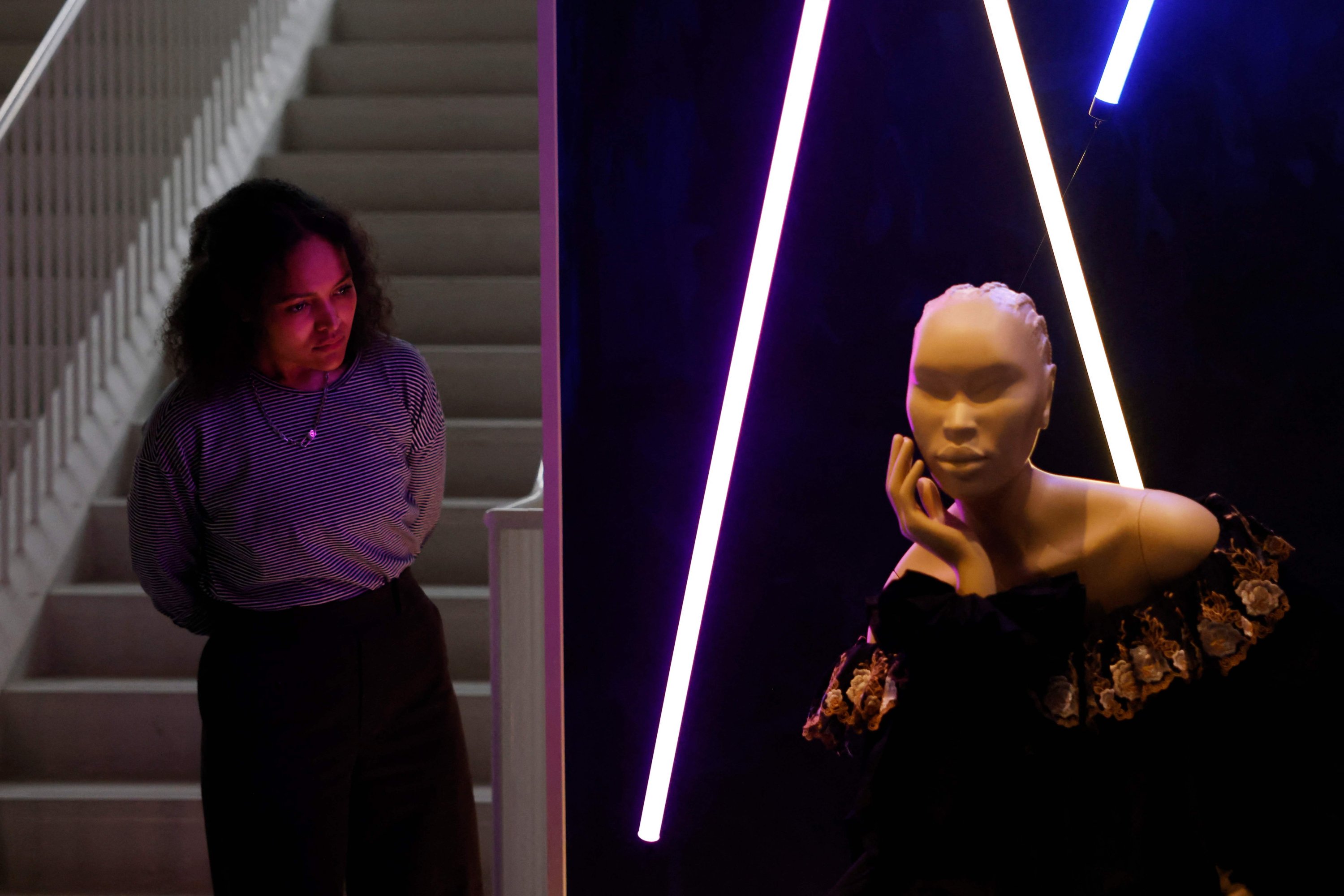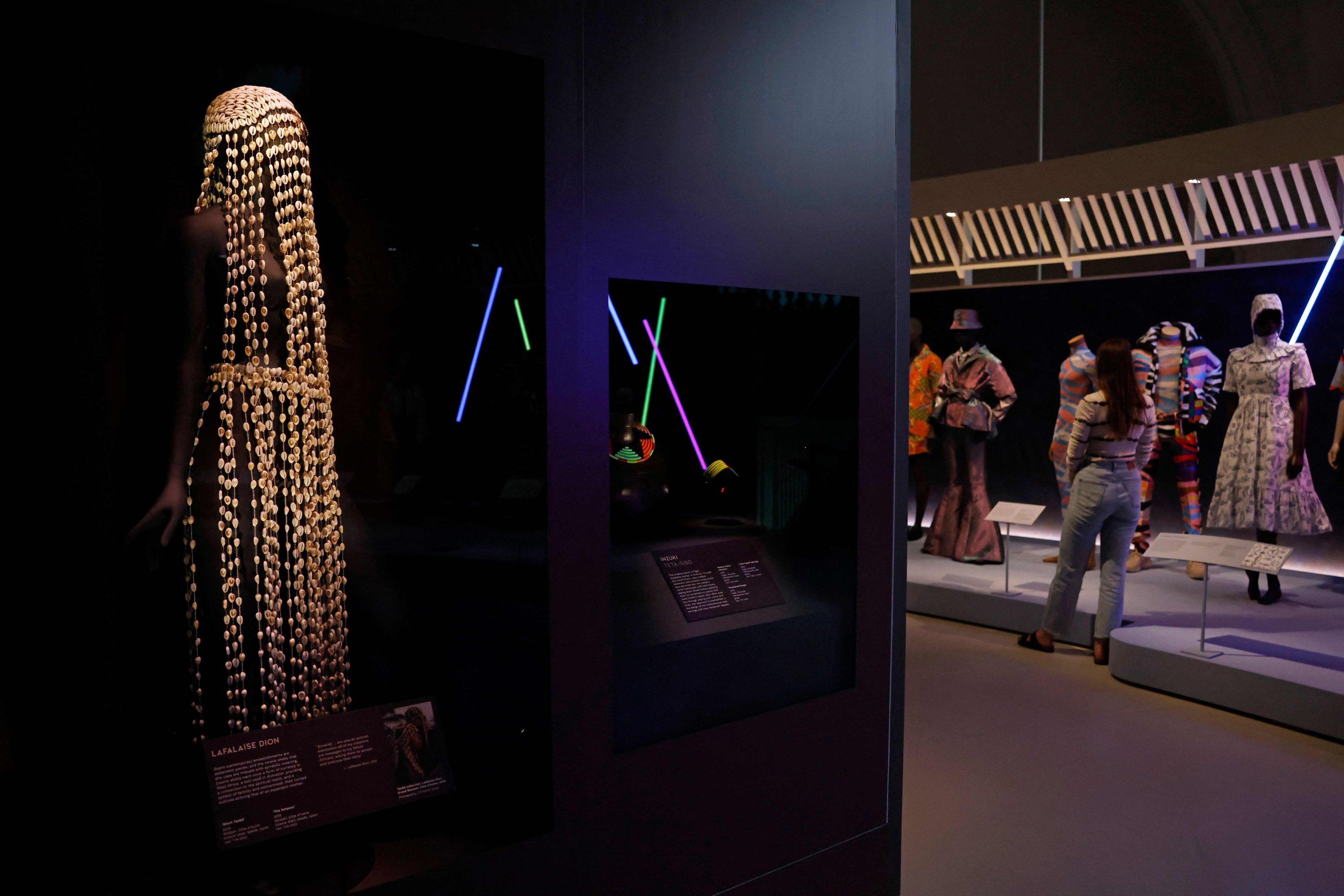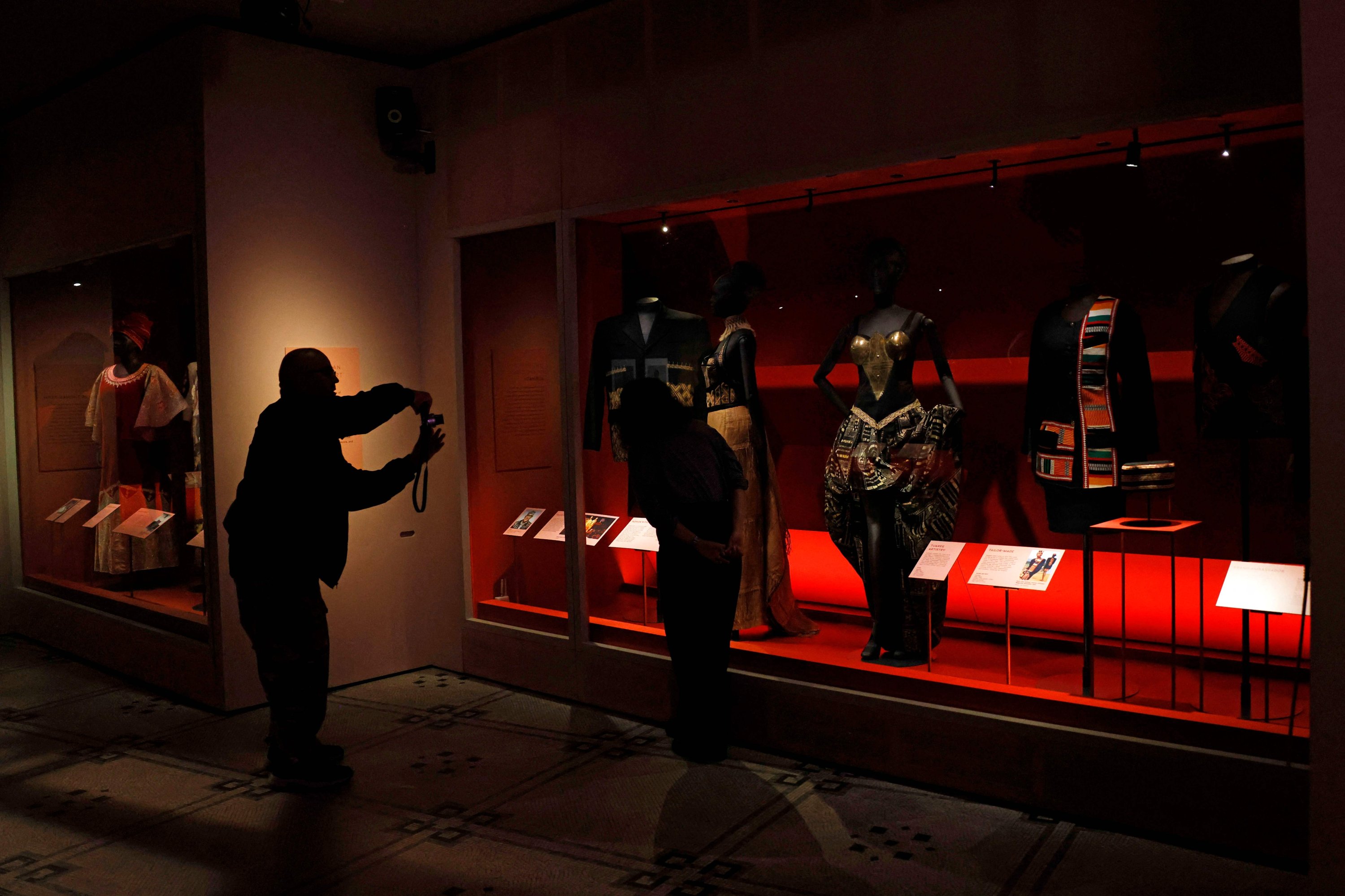© Turkuvaz Haberleşme ve Yayıncılık 2026
Britain is primed to launch its very first and most comprehensive exhibition on African fashion in London, by offering an insight into the continent's cultural heritage and designers.
"Africa Fashion," at the Victoria and Albert (V&A) Museum from Saturday, is also the country's first exhibition dedicated to the medium.
Project Curator Elisabeth Murray said the show will provide a "glimpse into the glamour and politics of the fashion scene."
"We wanted to celebrate the amazing African fashion scene today. So the creativity of all the designers, stylists, photographers, and looking at the inspiration behind that," she told Agence France-Presse (AFP).

Included in the exhibition are objects, sketches, photos and film from across the continent, starting from the African liberation years in the 1950s to the 1980s, to up-and-coming contemporary designers.
Senior Curator Christine Checinska called it "part of the V&A's ongoing commitment to foreground work by African heritage creatives."
Global anti-racism movements, including Black Lives Matter, have forced Britain to reassess its divisive colonial past, from museum collections and public monuments to history teaching in schools.
The V&A was founded in 1852, as Britain under queen Victoria expanded its global empire, including, in the decades that followed, in Africa.
But Checinska said African creativity had "largely been excluded or misrepresented in the museum, owing to the historic division between art and ethnographic museums arising from our colonial roots and embedded racist assumptions."

"The conversations and collaborations that have shaped the making of the "Africa Fashion" exhibition are a testbed for new equitable ways of working together that allow us to imagine and call into being the V&A of the future," she added.
Displaying a diverse range of African designs, textiles and influences, the ambitious exhibition is a way to address that imbalance, she said.
The scene is set with a section on "African Cultural Renaissance," highlighting protest posters and literature from independence movements that developed in conjunction with fashion.
"The Vanguard" is the central attraction, displaying iconic works by well-known African designers including Niger's Alphadi, Nigeria's Shade Thomas-Fahm and Kofi Ansah of Ghana.

A variety of African textiles and styles, such as beadwork and raffia, are employed in innovative designs with cross-cultural influences.
Thomas-Fahm's designs, for example, reinvented traditional African-wear for the "cosmopolitan, working woman."
Other displays – with names such as "Afrotopia," "Cutting-Edge" and "Mixology" – explore fashion alongside issues such as sustainability, gender, race and identity.
One highlight is the centerpiece made by Moroccan designer Artsi, especially for the exhibition.

It is a piece inspired by the British trenchcoat and Muslim hijab, navigating how to "present Africa in England," he told AFP.
Fashioning a "meditation on our common humanity," Artsi emphasizes the beauty of African fashion, which "doesn't come from a source of commercialized clothes."
"It comes from a source of heritage and celebrating culture," he added.
